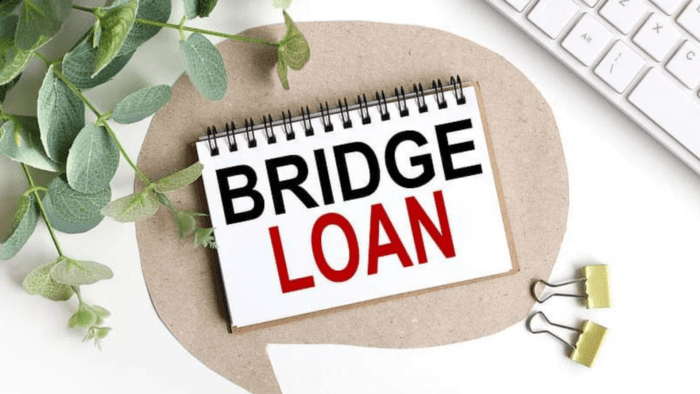Significant changes are happening in Ontario’s private lending landscape. Lenders are implementing stricter policies on the types of properties they lend on and the loan-to-value ratios they use to approve loans. Past financial losses and future economic uncertainties are the drivers. Learn more about these topics by reading on.
Recent Policy Changes in Private Lending
Some big news in the private lending world recently sent ripples through the industry. Newhaven is one of the most prominent players in the industry as a competitive Mortgage Investment Corporation (MIC).
As early as 2022, the company was lending up to an 80% loan-to-value ratio on all properties. They’ve taken a dramatic u-turn and cut mortgages entirely on existing condos and stopped rural lending completely.
They’ve even changed the percentage on their LTV. Now, that number is 70% on existing homes and 75% on new purchases, although it’s rare that a new house is bought with an alternative mortgage loan. The LTV from Newhaven has also dropped to 70% on new condominiums, even though private mortgages on these properties are not common. The LTV is a formula that considers all of the proposed and existing mortgages with the property’s appraised value. It’s a measure of risk that’s expressed as a percentage.
This downward trend for one of the big private mortgage players is a bellwether for the industry in general.
Challenges for Private Lenders
One of the significant challenges for private lenders lies in the history of the housing market. According to a Canada Mortgage Housing Corporation (CMHC) article published by their Deputy Chief Economist, regulatory costs, delays, and a lack of skilled workers hamper the housing supply. That and high interest rates are affecting the demand for both private and traditional mortgages.
Jonathan Alphonso is a mortgage agent at the Mortgage Broker Store. His company constantly monitors industry trends and is proud of its steady approach.
“We keep a close eye on changing max LTVs” he says. “For mortgages we personally fund, we’ve always been conservative since we were anticipating a market crash on the horizon. We also don’t really compete for deals with other brokers since we generate our own deals. This has allowed us to be more focused on satisfying customer needs instead of keeping other brokers happy.”
There are other factors in the mix.
Key Drivers Behind Lending Adjustments
The main suspected driver behind new, more conservative lending criteria is the decline in home prices. Since the Great Recession in 2007, real estate prices have been on a fairly consistent upward trend. Despite being described as one of the biggest real estate bubbles in the work by UBC, consumer confidence in real estate remained high until around 2023. Many mortgage and other real estate investors were caught off guard by the rapid price declines and lost a lot of money. Many of the new lending criteria pushed by lenders seem to assume a further decline in real estate values.
Government regulatory bodies are also showing concern at people’s increasing dependence on expensive private mortgages. These regulators are putting rules in place to make it more difficult to offer private mortgages.
The Financial Services Regulatory Authority (FSRA) oversees and regulates administrators, agents, and mortgage brokers, including those dealing with private loans. It ensures alternative lenders operating through brokers or those who are themselves comply with the Mortgage Brokerages, Lenders, and Administrators Act, 2006 (MBLAA).
New Report
Their new report is raising awareness about the rise in private mortgages and the fact that many borrowers don’t have a clear exit strategy. That’s an essential part of the private lending equation because the payments are interest only. They can be used on a private second mortgage, for consolidating debts, or to get the money to stop a power of sale or foreclosure.
According to an article in Canadian Mortgage Trends, a January 2023 survey of Ontario homeowners found that 43% of those who had a private mortgage didn’t plan to switch to a traditional product.
Alphonso notes the FSRA is tightening the requirements on licenses.
“The FSRA discourages private mortgage lending by making the licenses way harder to earn,” he says. “To be a mortgage agent for private mortgages, you first need to hold a traditional mortgage license for 1 year. Before you could jump straight into private mortgage lending.”
He also says the FSRA is tightening and becoming more strict with their regular audits.
Speculations on Future Trends
Of course, there’s speculation about future trends and the direction of the private mortgage industry.
- Canadian Mortgage Trends predicts better times ahead. They feel that stabilizing interest rates will provide the potential for growth for private lenders since their criteria are less stringent than traditional loans.
- The Canadian Mortgage and Housing Corporation released its Residential Mortgage Industry Report (RMIR). The report sees a trend towards fixed-rate short-term mortgages, which could make private loans more attractive since the term is usually one year on these interest-only payment loans.
On the flip side, the FSRA has made it clear that it intends to scrutinize the private lending market more closely. It plans to monitor emerging trends and adjust its regulatory approaches as necessary.
Tips for Borrowers Navigating the New Lending Environment
Here’s what all that means for borrowers considering a private mortgage.
Maximize Your Equity
These loans are based on the equity that you’ve built up in a property, which is the part that’s mortgage-free. Regardless of the emerging trends in the industry, there’s not much chance this part of the equation will change.
Understanding the appraised value of your home is a good starting point. An appraisal should look at different features, including the age of the property, its location, the square footage, and other details like the number of bedrooms and bathrooms.
Borrowers facing a power of sale should consider quick, easy renovations like applying peel-and-stick tile to get the money quickly. Those and others can increase the appraised value of the home.
A private loan is also a good way to pay down high-interest loans by consolidating debts. Because these interest-only products cater to people with low credit scores, it’s easier to get rid of credit card and other debts quickly.






